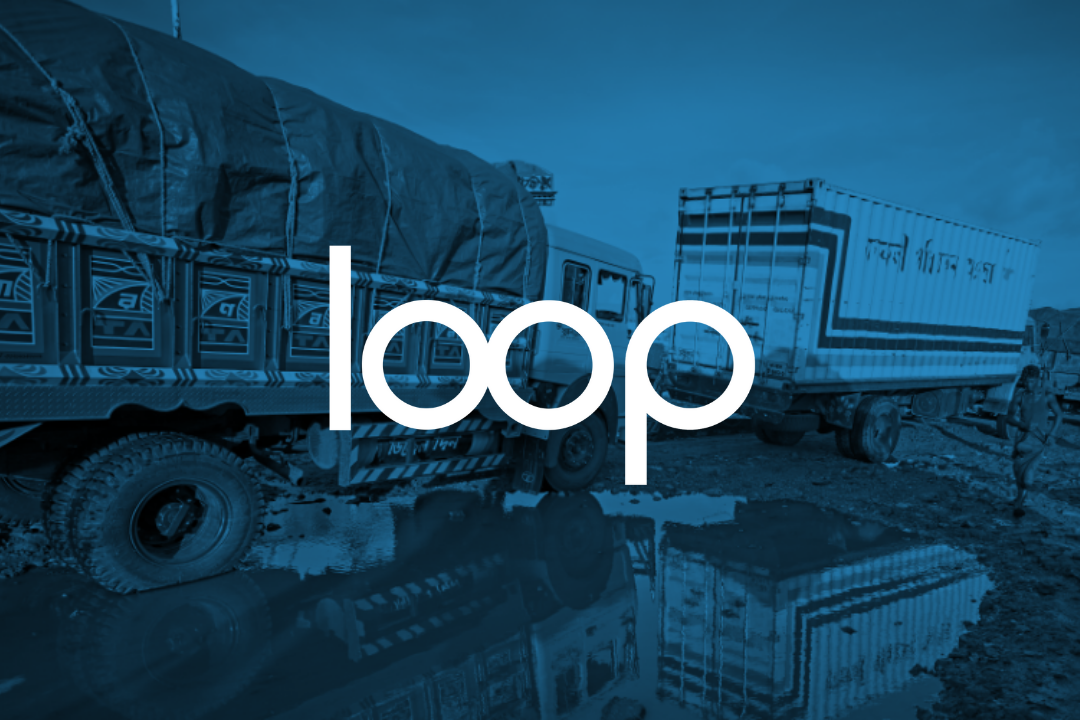Uber Freight was established with the assistance of Matt McKinney, who held the job of data science manager at Uber, and software engineer Shaosu Liu.
Since they were "losing a lot of money" owing to late payments and bad debt, it was difficult for them to increase their bottom line. This was one of the duo’s key worries over the scenario.
After more research, the two persons determined that "a single freight statement carries so much complexity."
For example, they determined that 20% of all freight bills include at least one error. In addition, they discovered that the average time to process and pay a single invoice is fifty days.
McKinney adds, "Many members of this company aren't like Uber; they don't have 250 engineers who work on tasks to determine this." "Joe's Transportation in Cincinnati, Ohio, for instance, probably has many of the same billing and payment concerns as Uber Freight."
Over three dozen shippers, transporters, and brokers in the industry told McKinney and Liu the same thing: "It's difficult for us to be paid, and it's difficult for us to pay."
He explained his motivation for creating the product by saying, "As a businessman, when you hear that misery stated so clearly and exactly 35 times, you understand that the agony is your opportunity to provide a solution that doesn't exist anywhere on the market." You have your opportunity to create a one-of-a-kind solution to a persistent problem when you hear it articulated so precisely 35 times.
See also: Tencent invests €5 million in Finnish Fintech Enfuce
The Formation of Loop
In light of this, in May of 2021, the two entrepreneurs left their employment at Uber to dedicate their whole time to building Loop. Shortly afterwards, they completed a $6 million seed financing funded by Susa Ventures and 8VC. After that, earlier this year, they successfully concluded a $24 million Series A fundraising round led by Founders Fund. Both financings were kept secret until their eventual disclosure.
Throughout the exploratory study phase, 35 businesses were contacted. Three significant, unnamed businesses assured them they would help test the prototype and serve as the product's first clients if they produced a tool to help address the issue. Since then, the company has developed open application programming interfaces, which say, "ingest data and accelerate shipping document collection."
Specifically, the company stated that it uses natural language processing (NLP) and computer vision to digitise workflows and reconcile payments and that its technology "accommodates the lack of standardisation and can extract data from a variety of document types and data sources to validate invoice accuracy so that invoices and payments can be cleared in close to real-time" based on when the consumer wants to disburse their funds, or possibly in real-time.
Loop goes so far as to claim that its technology can reduce the time between receiving an invoice and receiving payment from 50 days to three days and reduce invoice mistakes to "near 0%."
The Objective of Loop
The company's principal goal is to acquire shippers that make or deliver goods (think Walmart, Pepsi, Coca-Cola and Nike). They may also collaborate with brokers, often known as third-party logistics providers (3PLs), who serve as intermediaries between shippers and truck drivers.
Loop started distributing its goods to the general public in March. Loop handled a total payment volume of $25 million in its first month. Its overall payment volume now exceeds one billion dollars.
Featured image: Loop
Subscribe to Whitepapers.online to learn about new updates and changes made by tech giants that affect health, marketing, business, and other fields. Also, if you like our content, please share on social media platforms like Facebook, WhatsApp, Twitter, and more.

